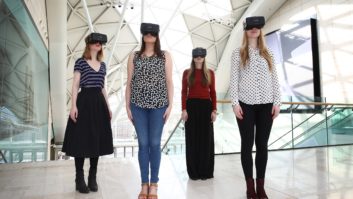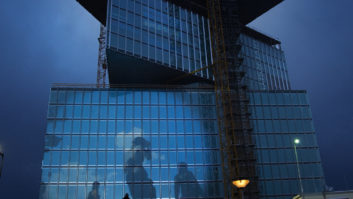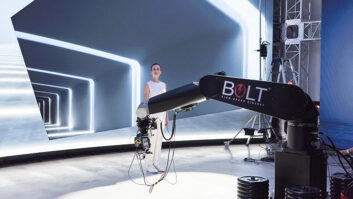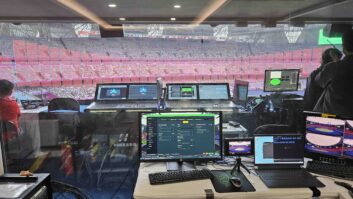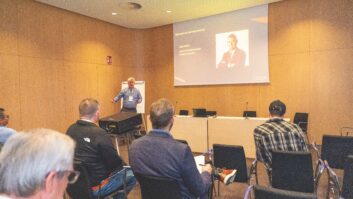 The pandemic has acted as an accelerant for several technologies, forcing companies to take multiple shortcuts on carefully laid out roadmaps to keep their businesses active and revenue coming in the door. Happily though, in most of these instances the technology was already production proven; all it required was the necessity to act which worked as an incentive to scale as well as overcoming any hesitancy in deployment.
The pandemic has acted as an accelerant for several technologies, forcing companies to take multiple shortcuts on carefully laid out roadmaps to keep their businesses active and revenue coming in the door. Happily though, in most of these instances the technology was already production proven; all it required was the necessity to act which worked as an incentive to scale as well as overcoming any hesitancy in deployment.
The use of XR, or eXtended Reality, has been a case in point. Already proven at the high-end in video production and the live event space, the past 18 months have seen the use of the technology expand impressively, with a growing number of XR stages being rapidly deployed across industry sectors. Many were in the pipeline already and more have joined them, with plans originally scheduled to take years instead rolling out over months.
XR’s benefits may have been exacerbated by Covid and its ability to ensure socially distanced productions and events can take place, but the advantages it brings will ensure that there is no roll back once the sectors it has impacted return to normal post-pandemic. Indeed, activity in the sector actually looks to be ramping up as we emerge from lockdowns.
First, the economic benefits XR brings are significant. Its ability to recreate photorealistic sets and scenes obviates the need for location shooting, allowing productions to shoot far more pages a day, not be dependent on the weather, and save on the extensive costs of relocating and looking after cast and crew. The post production process is smoother as well, with lighting, for example, already synced precisely with the surrounding virtual scenes.
Secondly, these factors all obviously carry over into producing significant environmental benefits. There is little legislation in this space currently, but the expectation is that that will change and that carbon neutrality at the very least will become an important attribute.
Thirdly, the creativity it enables is impressive. As the virtual environments that wrap around LED volumes have become more photorealistic, so the uses they can be put to are becoming more widespread. In the movie field we tend to associate XR with special effects heavy productions, but there are many scenes even nestling within existing titles that showcase that it can still be used for more mundane settings. The costs per hour of genres such as period drama can be driven downwards as a result.
And lastly, let’s not forget quality. The games engines that drive XR are evolving all the time, the LED screens are getting larger, the capture volumes that they enclose greater. XR is at the confluence of several different industries which are all seeing accelerated development and the result is a picture quality that dramatically improves on the green screen technology that has held sway over the industry for decades.
This is where we sit with the technology at Lightware Visual Engineering. While there is a lot of technology agnosticism within XR, Brompton Technology LED controllers are well on their way to becoming a de facto standard within the industry and our matrices work closely with them to add significant functionality behind the scenes.
You can, of course, make basic XR stages fairly simply by simply linking a media server to an LED controller and a bank of screens. The stage the industry is moving to next though is the one where we constantly refine what we have and continually amp up the quality. For example, we enable LED volumes to drive larger screens and provide more capture space as a result, as well as adding the ability to handle 10-bit colour, HDR, and Rec. 2020 colour spaces — all of which are essential for providing the very best quality images. We enable productions to send the imagery destined for the LED screens to other monitors, that can be situated on set or elsewhere, allowing directors, camera teams, and other departments to keep on top of what is happening. We also ensure redundancy within a system, and manage to accomplish all this without interfering with any synchronisation, which is a mission-critical requirement when you’re stitching large plates together in realtime on multiple screens.
XR technology works and it works reliably and at scale. What’s coming next is further refinement at the high-end coupled with increasing use amongst productions and live events of all sizes as the technology scales and the costs come down. XR might have received its initial acceleration during the pandemic, but as Covid slowly recedes the momentum behind it is only speeding up.
